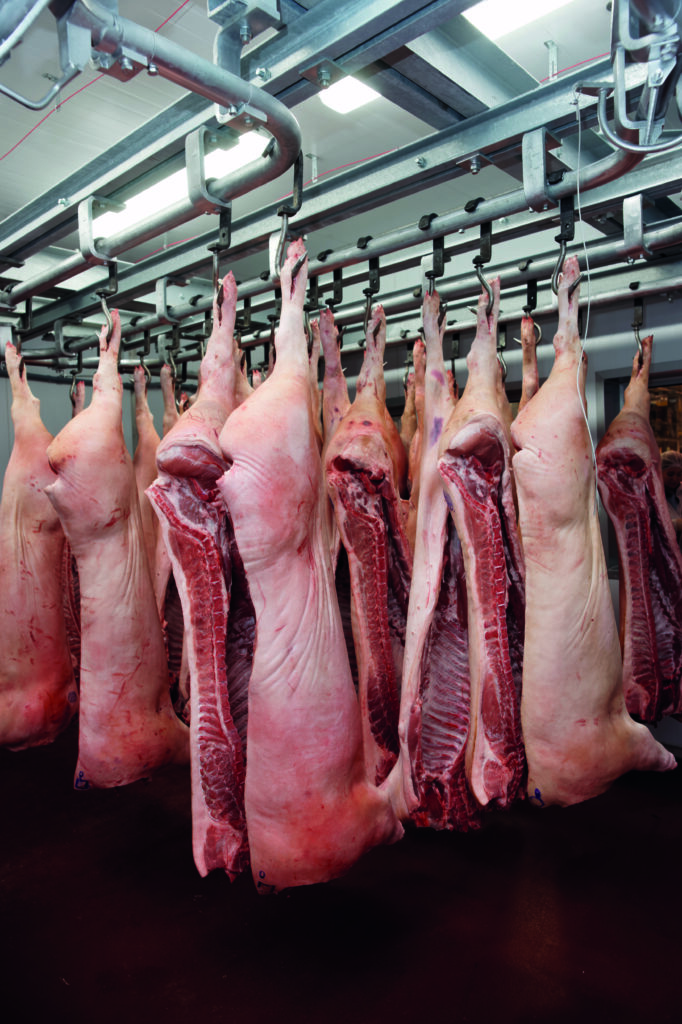UK pork exports grew 7% in October, compared with a year earlier, reaching 16.6 thousand tonnes. With average unit values comparable to 2016 levels, value was up in line with volume at £23.2 million.
According to AHDB analysis, this growth came despite shipments to China declining a noticeable 31% (940 tonnes) year-on-year, falling from the first to fourth largest UK pork export market. This was the first month since June that UK shipments to China had fallen below year earlier levels. Despite Chinese pork imports overall remaining below 2016 since March, demand for UK product had seemed robust. Whether this decline is the first sign of UK product being affected by the Chinese slowdown remains to be seen. However, Rabobank have recently suggested that there could be some recovery in import demand from China in 2018. This would be from the Eastern and Southern regions where production is declining and a lack of infrastructure means domestic production is not yet competitive.
Nonetheless, in October, exports within the EU more than compensated for the Chinese decline. At 11.8 thousand tonnes, volumes were 22% up on the year. Shipments to Denmark and Germany particularly increased. While from a smaller base, Belgian volumes almost doubled and there was also growth to Sweden, Italy and Poland.
Offal exports also recorded a strong month, growing 20% in volume terms to 7.8 thousand tonnes. Chinese shipments grew a modest 5% (+150 tonnes), and this was supported by shipments to the Philippines more than doubling (+430 tonnes). Despite this, unit prices fell, likely influenced by lower wholesale prices in China this year. As such, in value terms market only increased 9% year-on-year to £7.3 million.

Pork import volumes recorded by HMRC continued to trend behind year earlier levels during the month, at 39.2 thousand tonnes. This was 8% behind the same point last year. Slightly higher import prices meant value was back less than volume, falling only 6% to £79.0 million.
As with previous months, the apparent decline was primarily driven by Danish shipments falling back from the elevated levels of 2016. At 15.5 thousand tonnes, volumes remained well above 2015 levels but were 15% lower than last year. In addition, supplies from Germany, Netherlands, Spain and Belgium also reportedly declined.
Import volumes of other pig meat products also fell on the year during October, with only sausages bucking the trend and climbing 3% (+350 tonnes). Bacon imports remained below year earlier levels, as has been the case throughout much of 2017, falling 14% (-3 thousand tonnes), while processed hams were down 11% (-1.4 thousand tonnes).




